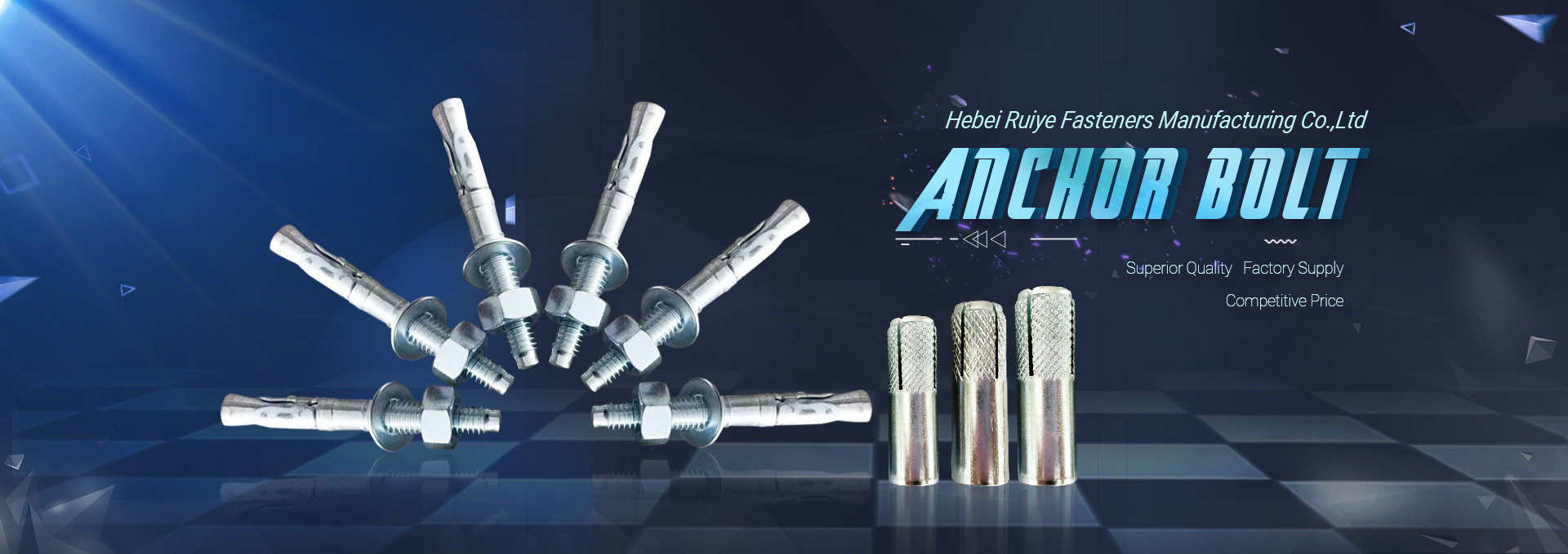The method of plating a layer of nickel on metals or certain non-metals by electrolysis or chemical methods is called nickel plating. Nickel plating is divided into electroplating nickel and electroless nickel plating.
Nickel electroplating is in an electrolyte composed of nickel salt (called main salt), conductive salt, pH buffer, and wetting agent. Metallic nickel is used for the anode, and the cathode is the plated part. Direct current is applied to the cathode (plated part). Deposit a uniform and dense nickel coating. Bright nickel is obtained from the plating solution with brightener, while dark nickel is obtained from the electrolyte without brightener.
Electroless plating is also called autocatalytic plating. The specific process refers to: under certain conditions, the metal ions in the aqueous solution are reduced by the reducing agent and precipitated on the surface of the solid substrate. ASTM B374 (ASTM, American Society for Testing and Materials) defines Autocatalytic plating is “deposition of a metallic coating by a controlled chemical reduction that is catalyzed by the metal or alloy being deposited”. This process is different from displacement plating in that the plating layer can be thickened continuously, and the plating metal itself has catalytic ability.
Features
The characteristics, performance and use of electroplated nickel:
1. The stability of the electroplated nickel layer in the air is very high. Due to the strong passivation ability of metallic nickel, a very thin passivation layer can be quickly formed on the surface
The membrane is resistant to corrosion by the atmosphere, alkali and certain acids.
2. Electroplated nickel crystals are extremely small and have excellent polishing performance. The polished nickel coating can get a mirror-like gloss appearance, and at the same time
It can keep its luster in the air for a long time. Therefore, the electroplated layer is often used for decoration.
3. The hardness of the nickel plating layer is relatively high, which can improve the wear resistance of the product surface. In the printing industry, the nickel plating layer is commonly used to increase the hardness of the lead surface.
Due to the high chemical stability of metallic nickel, thicker nickel plating is also commonly used in some chemical equipment to prevent corrosion by the medium. Nickel plating is also widely used in functional aspects, such as repairing worn and corroded parts, and using brush plating technology for partial plating. The electroforming process is used to manufacture electroforming plates, record molds and other molds in the printing industry. The thick nickel plating layer has good wear resistance and can be used as a wear-resistant plating layer. Especially in recent years, composite electroplating has been developed, which can deposit a composite nickel coating with wear-resistant particles. Its hardness and wear resistance are better than those of plating.
The nickel layer is higher. If graphite or fluorinated graphite is used as the dispersed particles, the obtained nickel-graphite or nickel-fluorinated graphite composite coating has good self-lubricity and can be used as a lubricating coating. Black nickel coatings are also widely used as coatings or decorative coatings for optical instruments.
4. Nickel plating has a wide range of applications and can be used as a protective decorative coating. On the surface of steel, zinc die-casting, aluminum alloy and copper alloy, it can protect the base material from corrosion or play a bright decorative role; it is also often used as other coatings In the middle plating layer, a thin layer of chromium or an imitation gold layer is plated on it, which has better corrosion resistance and a more beautiful appearance. In terms of functional applications, nickel plating about 1~3mm thick on parts in special industries can achieve the purpose of repair. Especially in the manufacture of continuous casting molds, surface molds of electronic components, die-casting molds of alloys, complex shapes of aerospace engine parts and the manufacture of micro-electronic components, etc., it is more and more widely used.
5. In electroplating, due to the many excellent properties of electroplated nickel, its processing volume is second only to electroplated zinc, and its consumption accounts for about 10% of the total nickel output.
Characteristics, performance and use of electroless nickel plating:
1. Uniformity of thickness Uniform thickness and good throwing ability are a major feature of electroless nickel plating and one of the reasons why it is widely used. Electroless nickel plating avoids the uneven thickness of the electroplated layer due to uneven current distribution. During electroless plating, as long as the surface of the part is in contact with the plating solution, the components consumed in the plating solution can be replenished in time, and the thickness of the plating layer of the plating part is basically the same, even for grooves, gaps, and blind holes.
2. There is no hydrogen permeation and no hydrogen embrittlement on the plated parts. There is no need to remove hydrogen after electroless nickel plating.
3. The functions of many materials and parts such as corrosion resistance and high temperature oxidation resistance are better than those of electroplated nickel.
4. It can be deposited on the surface of various materials, such as: steel nickel-based alloys, zinc-based alloys, aluminum alloys, glass, ceramics, plastics, semiconductors and other materials, thereby creating conditions for improving the performance of these materials.
5. No DC motor or control equipment required for general electroplating is required.
6. The heat treatment temperature is low. As long as the temperature is below 400℃ for different holding time, different corrosion resistance and wear resistance can be obtained. Therefore, it is especially suitable for the functionality of parts with complex shapes and surface requirements for wear and corrosion resistance. Plating etc.
Post time: Oct-12-2020

